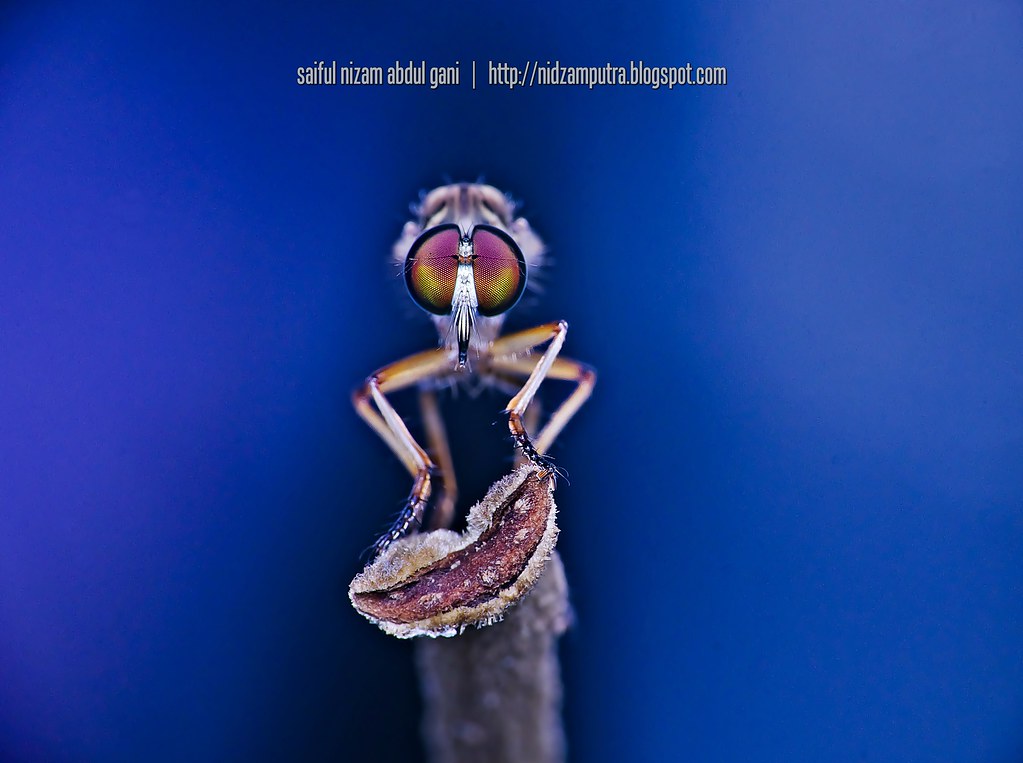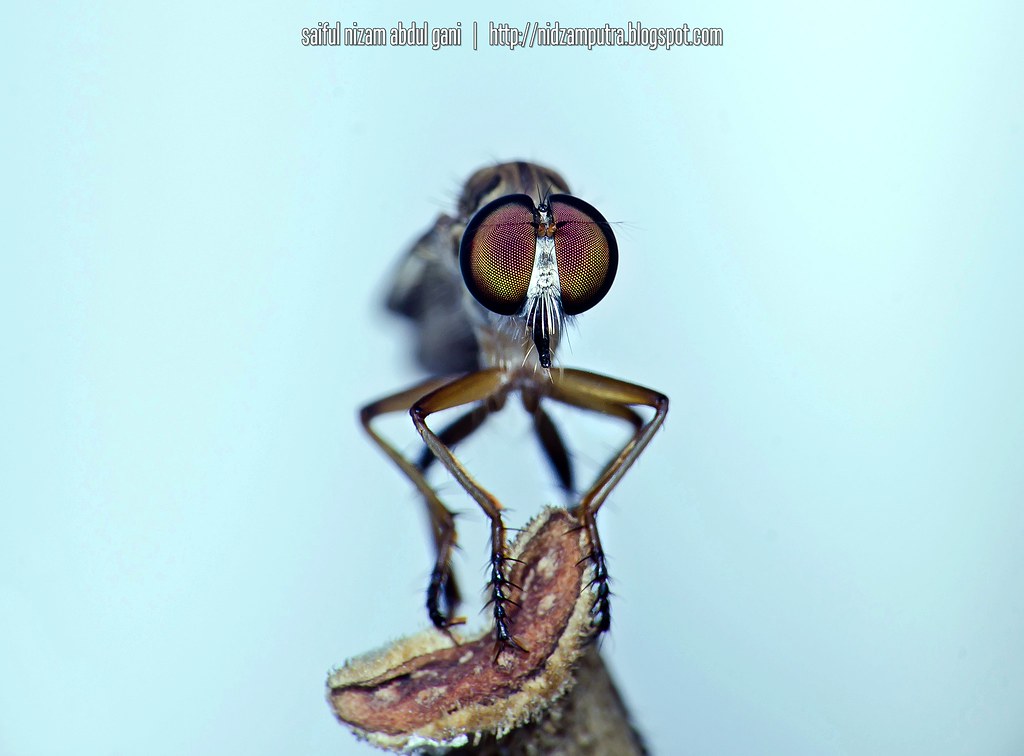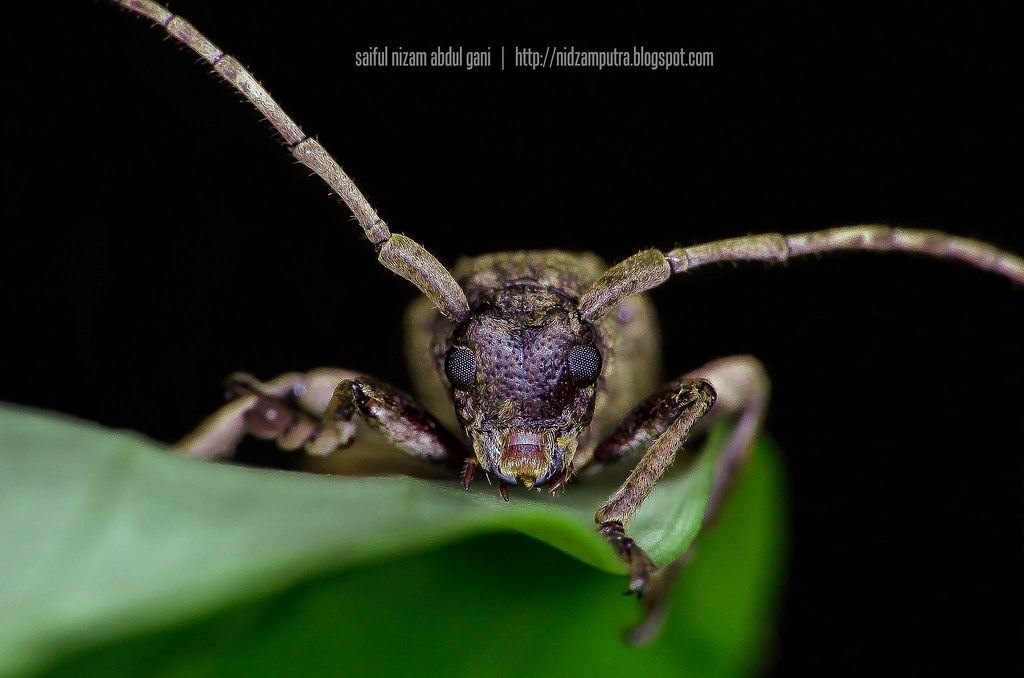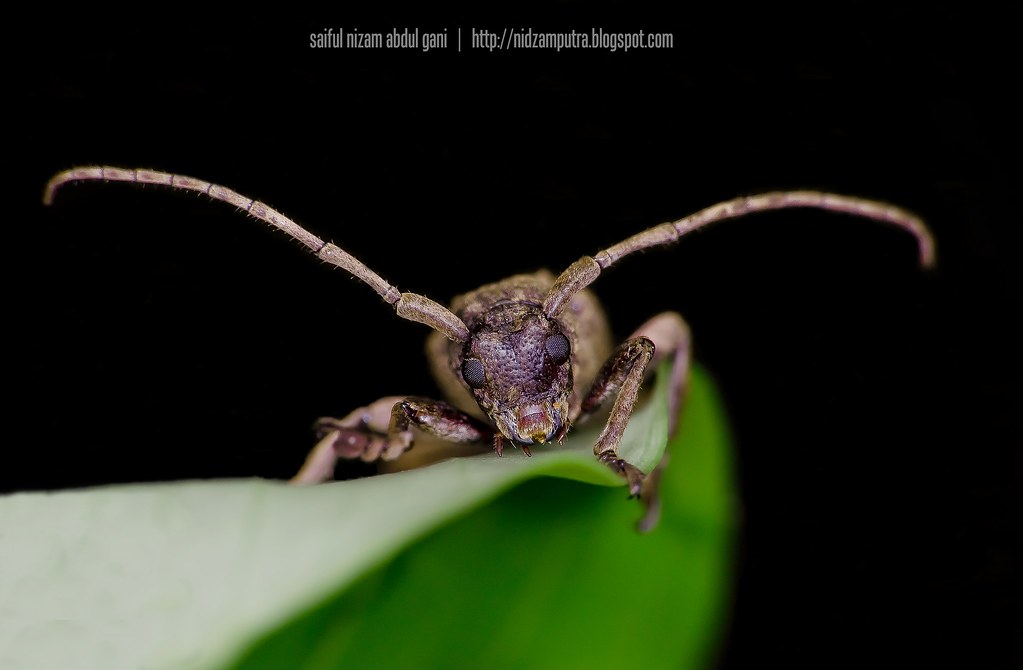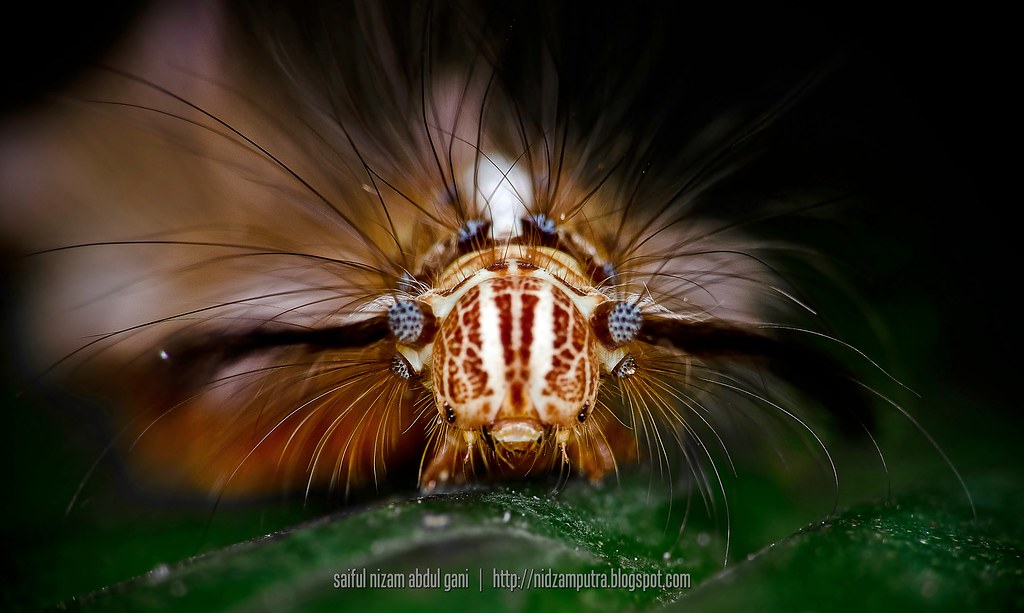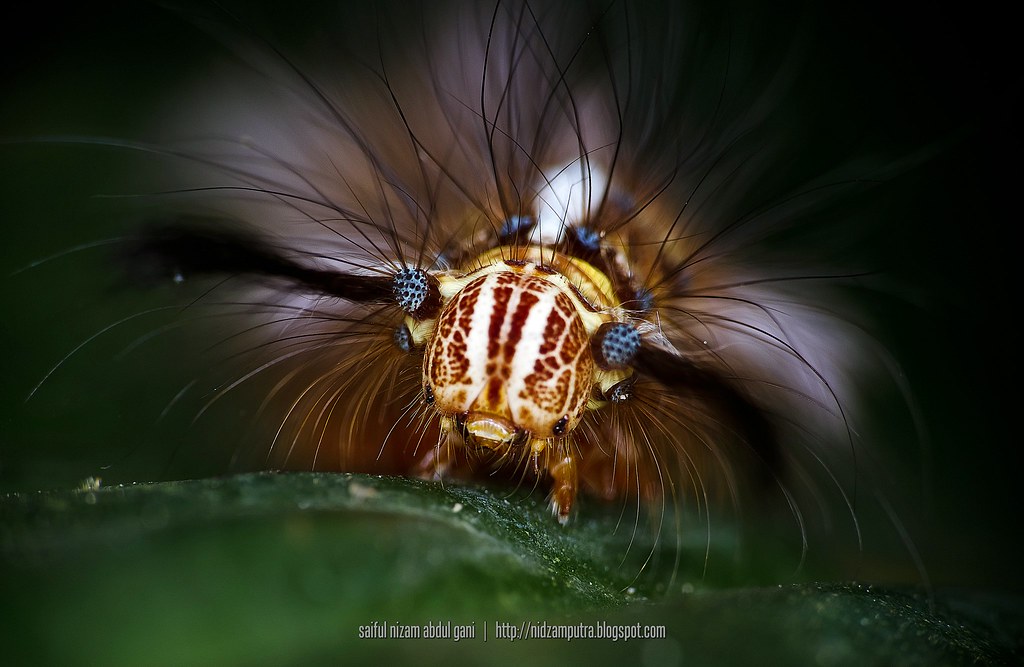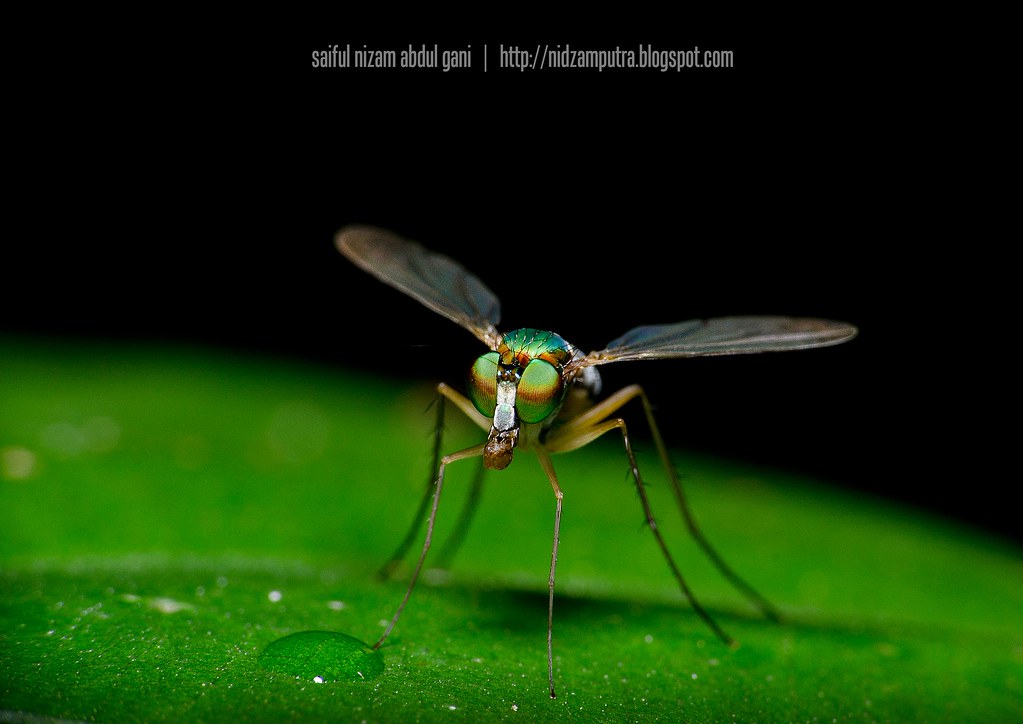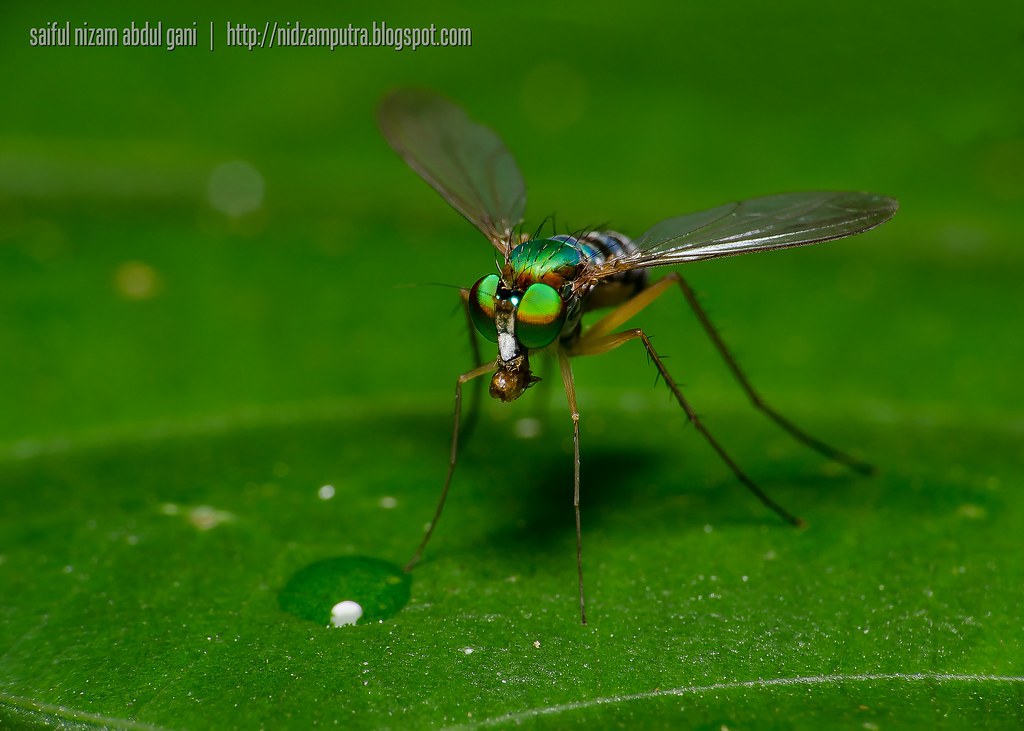Information
Gomphrena globosa, commonly known as Globe Amaranth or Bachelor Button, is an annual plant that grows up to 24 inches in height. The true species has magenta bracts, and cultivars have colors such as purple, red, white, pink, and lilac. Its native range is in Brazil, Panama and Guatemala. Source : http://en.wikipedia.org/wiki/Gomphrena_globosa
Names in other languages
- Hawaiian Pidgin - bozu
- Hawaiian - lehua pepa, lehua moa loa
- Tamil - Vadamalli
- Malayalam - “രക്തമല്ലിക (rakthamallika” / “വാടാമല്ലി (vaaDaamalli)”
- Sanskrit - “रक्तमल्लिका (rakthamallika”
- Hindi - “रक्तमल्लिका (rakthamallika”
- Japanese - Sennichikou
- Nepali - Supadi Phool
- Lao language - Saam pii
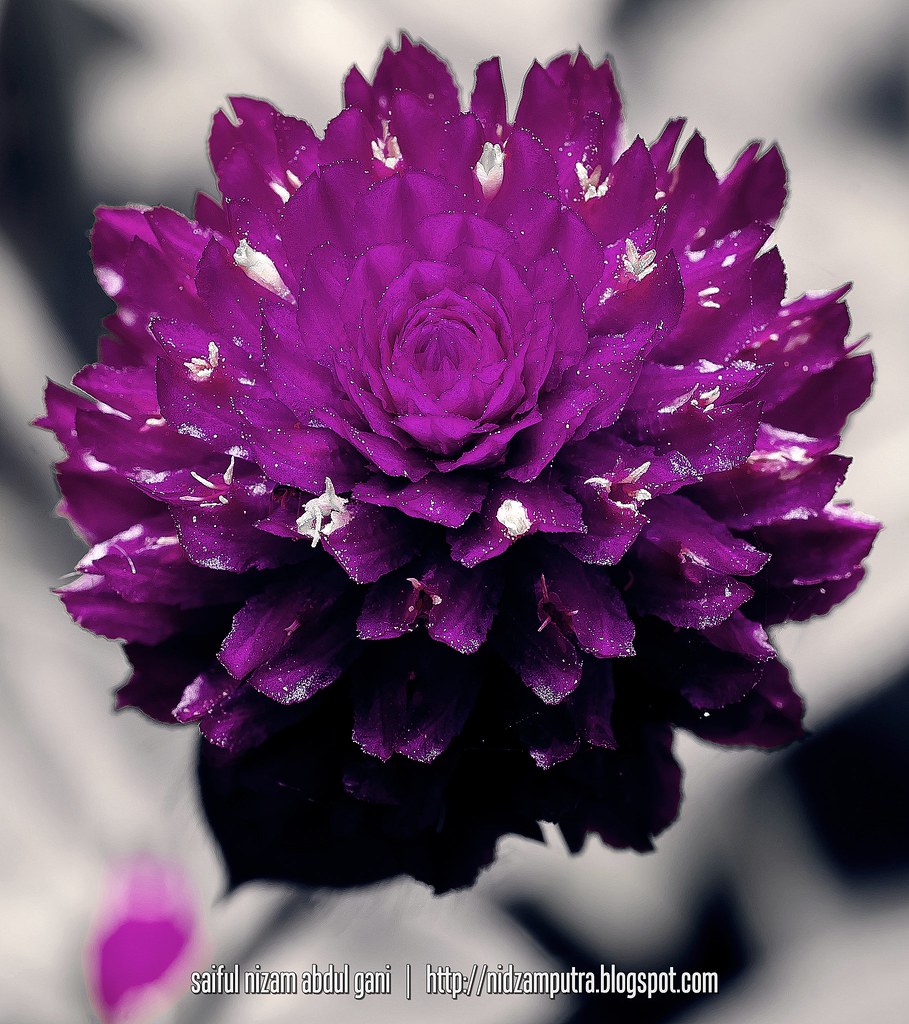 | ||
| Camera - Nikon Model - D7000 Exposure - 1/160s Aperture - F16 Focal Length - 50mm ISO Value - 100 |
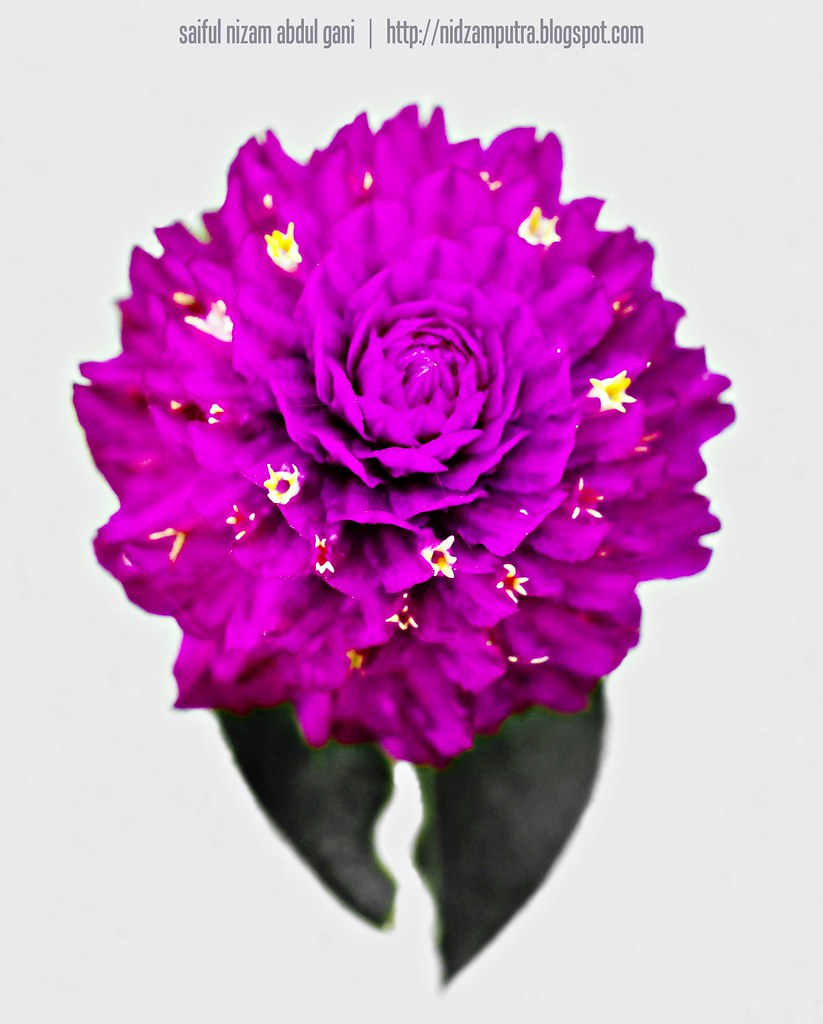 |
| Camera - Nikon Model - D7000 Exposure - 1/250s Aperture - F2.8 Focal Length - 50mm ISO Value - 1000 |
 |
| Camera - Nikon Model - D7000 Exposure - 1/200s Aperture - F2.8 Focal Length - 50mm ISO Value - 100 |
